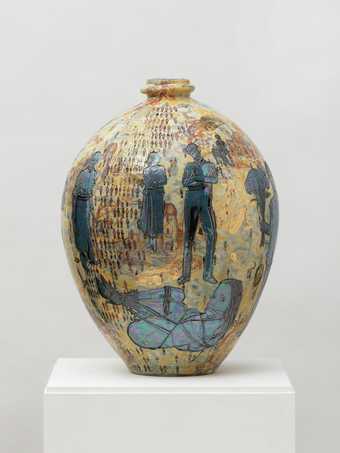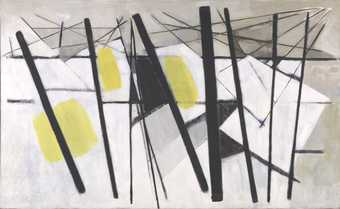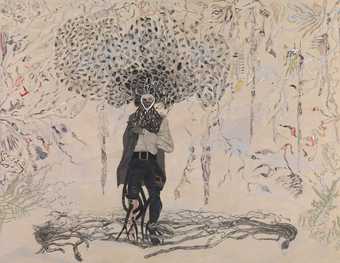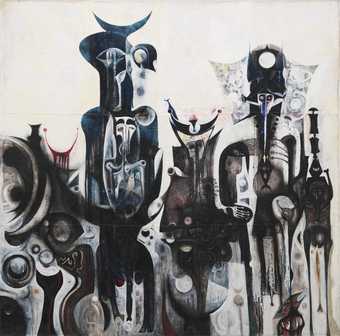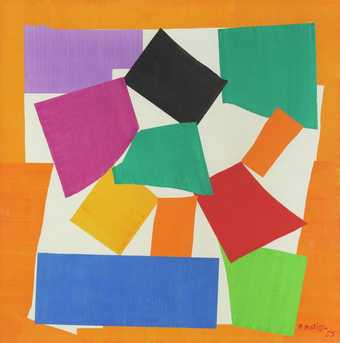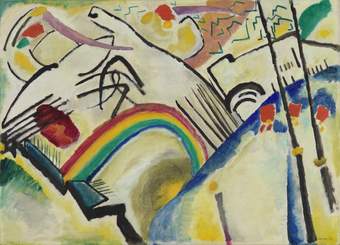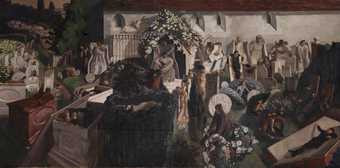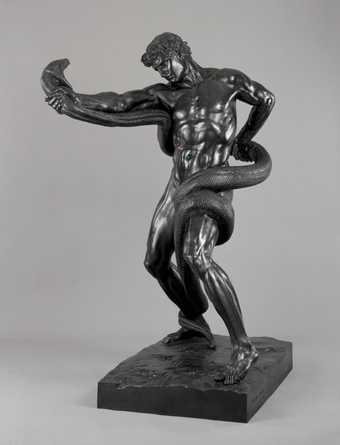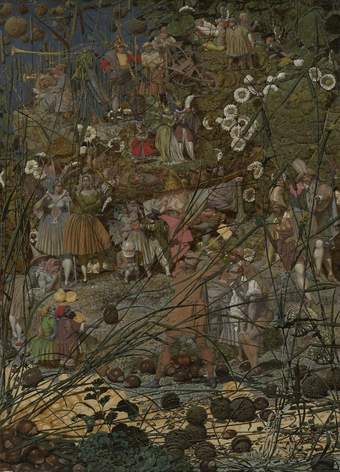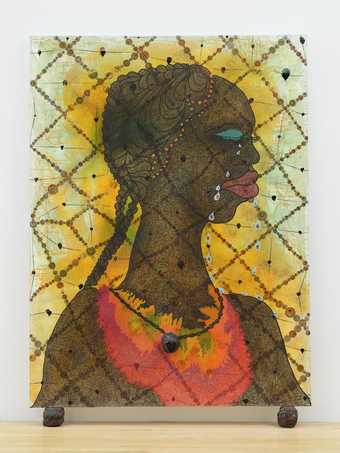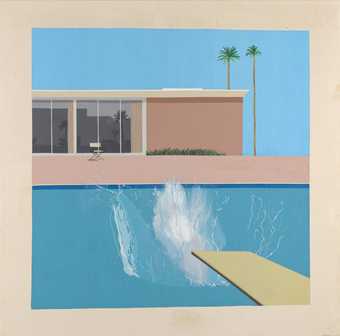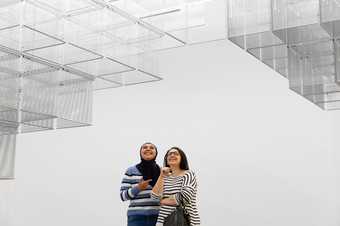
Photo: © Rikard Österlund
What is slow looking?
A visit to a museum or art gallery can sometimes be an overwhelming experience. With so many works on display, trying to see everything can feel like a race against the clock. Studies have found that visitors to art galleries spend an average of eight seconds looking at each work on display.
But what happens when we spend five minutes, fifteen minutes, an hour or an afternoon really looking in detail at an artwork? This is 'slow looking'. It is an approach based on the idea that, if we really want to get to know a work of art, we need to spend time with it.
Slow looking is not about curators, historians or even artists telling you how you should look at art. It's about you and the artwork, allowing yourself time to make your own discoveries and form a more personal connection with it.
Remember, it's not rude to stare at art.
What should I look at?
Any artwork can reward a longer look.
Large, figurative paintings like Kerry James Marshal's Untitled (London Bridge) are good starting points. In a work so busy and complex, it can take some time to unravel the different stories happening. In only eight seconds, you might spot the pigeons, the red bus, the Beefeater and take the title at face value, and assume that this is a typical London scene. But look a little closer. Notice the palm trees, the mountains, the American flag. By looking more slowly, you notice that Marshall's London Bridge is actually located in Lake Havasu, Arizona.
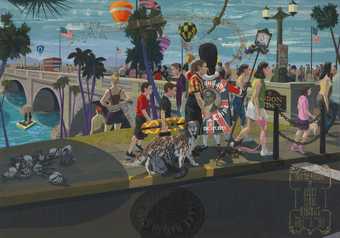
Kerry James Marshall
Untitled (London Bridge)
(2017)
Purchased by the Tate Americas Foundation, courtesy of the North American Acquisitions Committee with assistance from Bob Rennie 2018
© Kerry James Marshall. Courtesy of the artist and Jack Shainman Gallery, New York.
However, why not try spending ten minutes in front of an abstract painting, a photograph, an installation or sculpture? Perhaps you could lose yourself in the photographs of Andreas Gursky, which are often digitally manipulated to create dense and complex depictions of modern life. Or wander around a work by Henry Moore, and take time to explore every curve, notice the texture and colour of the material, observe how light and shadow create dramatic effects across the sculpture.

Photo: © Rikard Österlund

Photo: © Rikard Österlund
Of course, slow looking means being selective. If you spent 15 minutes looking at all 78,000 artworks in our collection, it would take you 12 hours a day for over four years to look at everything.
The important thing is that you select a work that you are drawn to, that intrigues, attracts or frustrates you. Devote your time to truly getting to know a few artworks. Try to think of the gallery as a menu, rather than a to-do list.
How long should I spend looking?
It's up to you. We recommend 10 minutes, but you could try five minutes, half an hour, or even longer. You will be surprised by what you will get out of even two minutes spent slow looking.
To keep track of time, set a quiet timer on your phone or try simply counting a number of breaths.
A few tips
Make yourself comfortable. Find a place, bench, stool or space on the floor that gives you a good view of the work. Feel free to stand or move around the artwork, to explore different perspectives.
Don't worry if nothing comes to mind at first. Be patient. Try focusing your attention on a particular detail. Try to forget any expectations, as well as anything you 'know' about the artwork. Keep an open mind. If you are still struggling, consider one of the following themes as an entry point: texture, colour, shape, symbols, story, perspective.
Trust in your own authority and intuition. Pay attention to your first impressions. Don’t underestimate the reason why you were drawn to the work in the first place.
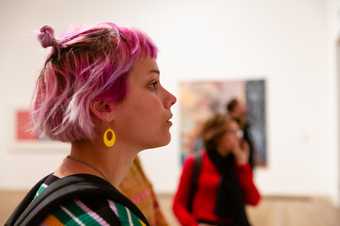
Photo: © Rikard Österlund
Let your eyes wander. Your mind will try and make connections between elements of the work. These connections might be intended by the artist, or unique to you. It doesn’t matter, both are valid. See things from a fresh perspective. Make the familiar strange. Try and spot the details hiding in plain view.
Be aware of your surroundings. Don’t try too hard to shut out what is going on around you. Don’t be put off by those squeaky shoes or the sound of visitors chatting, this is part of the fun of slow looking.
How do you feel? Pay attention to how your mind and body respond. This might be in a subtle way. Does the art help you feel calm, does it irritate you, excite you? Does it trigger any memories?
Share your findings. How do you feel about this artwork now you have studied it in detail? Try and summarise your thoughts. This could be in your head, with your friends, or with the strangers looking at the artwork with you.
Look again. Try a different artwork, the same artwork, straight away, after a coffee break, on a different day. How does it look in other conditions: on a rainy day, on a bad hair day, on your birthday?


